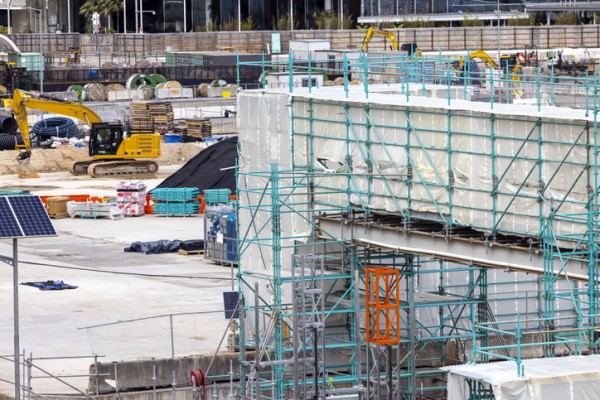Report reveals serious defects for over half of strata buildings

More than half (53%) of all strata buildings have serious defects between 2016 to 2022, with an estimated $79 million being spent by owners’ corporations to rectify these issues according to the latest report by the Strata Community Association New South Wales (SCA NSW).
The 2023 survey, a joint initiative between SCA NSW and the Office of the Building Commissioner, was completed by more than 600 strata managers and indicates an increase in serious defects since the last report published in 2021. For schemes registered since 2020, however, serious defects have decreased from 34% to 27%.
“Tacking building defects continues to be a formidable task and one that is time-consuming, financially burdensome and emotionally draining for all involved,” SCA NSW president Stephen Brell says.
“We are grateful that these survey results show that consumers feel empowered to report defects with the regulator receiving double the number of serious defects reported (34%) than in 2021 (15%) showing increased confidence in regulation.”
The most common defects reported in the survey were waterproofing (42%), fire safety systems (24%), building enclosures (19%), structural issues (15%), key services such as plumbing and elevators (14%) and non-compliant cladding (8%).
It revealed decreased incidents related to waterproofing, structural defects and non-compliant cladding, while fire safety, enclosure and key services experienced an upward trend.
The rise of ‘key services’ defects, which encompasses appliances such as lifts, garage doors, car stackers, air conditioning, security systems and smart building technologies, is attributed to the introduction of newer technologies and their focused inclusion in the survey.
“While, regrettably, we have seen an increase in serious defects since 2021, surveys such as this are central to our ability to advocate for the greater strata community and create government reform that ensures we are working towards more positive outcomes in the future,” Stephen says.
Additional findings from the report include:
- Ninety-four percent of buildings had a current annual fire safety statement (one that had been issued in the past 12 months),
- For almost half (48%) of the buildings with all resolution work completed, serious defects were resolved within a year,
- The most common barriers to effectively dealing with serious defects were delays from the builders or developers (42%), lack of engagement from builders or developers (31%) as well and the upfront costs involved (28%),
- And the average cost of rectifying serious defects was $283,000 per building. 57% of these costs were associated with repairs, 20% with professional costs and 15% with legal costs.
